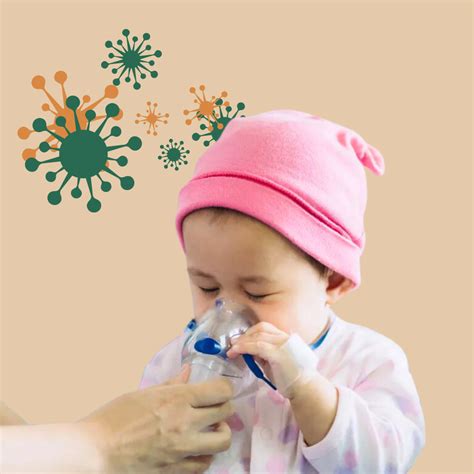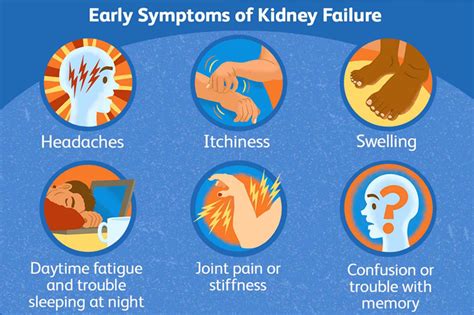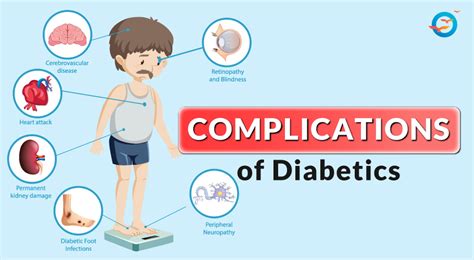Intro
Learn about RSV in children, its symptoms, treatment, and prevention. Understand respiratory syncytial virus risks, diagnosis, and management in kids, including bronchiolitis and pneumonia complications.
Respiratory Syncytial Virus (RSV) is a common and highly contagious virus that affects people of all ages, but it is most severe in young children and older adults. RSV is the leading cause of lower respiratory tract infections, such as bronchiolitis and pneumonia, in children under the age of two. In fact, nearly all children will have been infected with RSV by the time they are two years old. The virus is usually mild in older children and adults, but it can be severe in high-risk infants, such as those born prematurely or with certain underlying health conditions.
RSV infections typically occur during the winter months, from November to March, and can spread quickly through schools, childcare centers, and families. The virus can be spread through direct contact with an infected person, such as touching or shaking hands, or by touching contaminated surfaces and then touching one's face. RSV can also be spread through the air when an infected person coughs or sneezes. This is why it's essential for parents and caregivers to take precautions to prevent the spread of RSV, such as frequent handwashing, avoiding close contact with anyone who is sick, and keeping surfaces clean.
The symptoms of RSV infection in children can vary depending on the age and health of the child. In most cases, RSV infection causes mild symptoms, such as a runny nose, cough, and fever. However, in some cases, RSV can cause more severe symptoms, such as wheezing, difficulty breathing, and apnea (pauses in breathing). In severe cases, RSV can lead to respiratory failure, which can be life-threatening. It's crucial for parents and caregivers to recognize the signs and symptoms of RSV infection and seek medical attention immediately if they suspect their child is infected.
What is RSV Infection?

Causes and Risk Factors
RSV infection is caused by the Respiratory Syncytial Virus, which is a member of the Pneumoviridae family. The virus is highly contagious and can be spread through direct contact with an infected person or by touching contaminated surfaces. Several risk factors can increase a child's risk of developing severe RSV infection, including: * Premature birth * Underlying health conditions, such as heart disease or lung disease * Weakened immune system * Age under six months * Exposure to tobacco smokeSigns and Symptoms of RSV Infection

Diagnosis and Treatment
RSV infection is typically diagnosed based on the child's symptoms and medical history. A physical exam and laboratory tests, such as a rapid antigen test or a viral culture, may be performed to confirm the diagnosis. Treatment for RSV infection usually involves supportive care, such as: * Rest and hydration * Medications to relieve symptoms, such as acetaminophen or ibuprofen * Oxygen therapy to help with breathing * Hospitalization may be necessary in severe casesPrevention and Precautions

Vaccination and Prophylaxis
A vaccine against RSV is available for high-risk infants, such as those born prematurely or with certain underlying health conditions. The vaccine, called palivizumab, is administered monthly during the RSV season, usually from November to March. Prophylaxis with palivizumab can help reduce the risk of severe RSV infection in high-risk infants.Complications and Long-Term Effects

Management and Follow-Up
Management of RSV infection usually involves supportive care and monitoring for complications. Follow-up care with a healthcare provider is essential to ensure the child is recovering properly and to monitor for any potential complications.Conclusion and Final Thoughts

We invite you to share your thoughts and experiences with RSV infection in children. Have you or your child been affected by RSV? What precautions do you take to prevent the spread of RSV? Share your story and help raise awareness about the importance of RSV prevention and treatment.
What is RSV infection?
+RSV infection is a viral infection that affects the respiratory system, including the lungs, airways, and breathing passages.
How is RSV infection spread?
+RSV infection can be spread through direct contact with an infected person or by touching contaminated surfaces.
What are the symptoms of RSV infection?
+The symptoms of RSV infection can vary depending on the age and health of the child, but common symptoms include runny nose, cough, fever, wheezing, and difficulty breathing.
How is RSV infection treated?
+RSV infection is usually treated with supportive care, such as rest, hydration, and medications to relieve symptoms.
Can RSV infection be prevented?
+Yes, RSV infection can be prevented by taking precautions, such as frequent handwashing, avoiding close contact with anyone who is sick, and keeping surfaces clean and disinfected.
